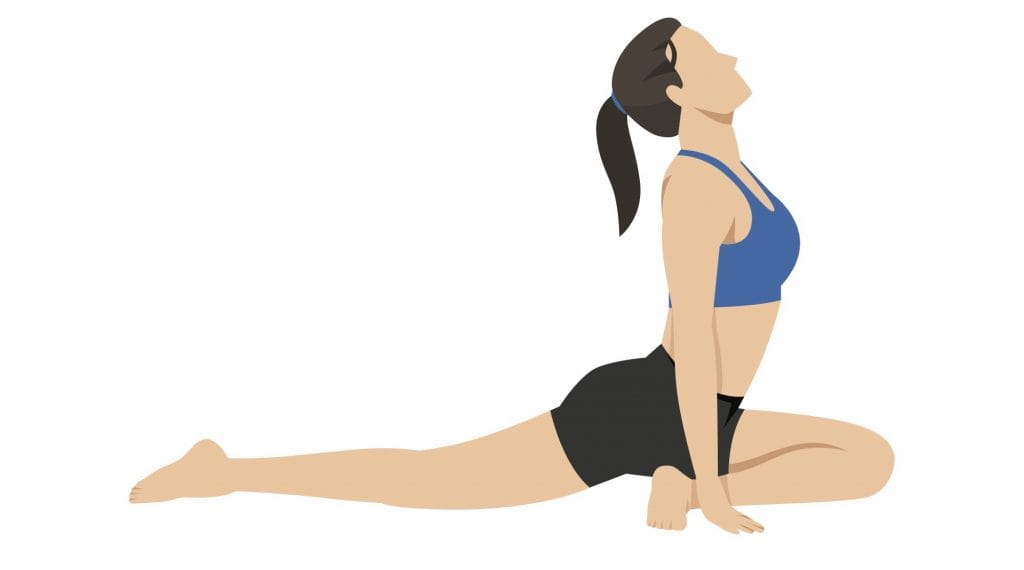Rikhi Anandsongkit and his team of physiotherapists make sure you’re not in over your head.
Swimming is one of the most popular fitness and recreational activities because it’s fun, yet challenging. Most people enjoy just spending time in the water and doing a few laps, but for those who swim to stay fit, the prospect of injury is very real. Since it’s an activity that engages the entire body, it is extremely important to stretch and warm up before jumping in the pool and pushing yourself through 20 laps. Without doing this, you can tweak muscles badly and find yourself sitting outside the pool and even on the treatment table if things go badly. Here’s a routine we highly recommend for people who enjoy swimming:
Stretching before and after your swim
By stimulating blood circulation, increasing your muscle flexibility, and warming up your body temperature, you are in an ideal state to begin swimming. Be sure to stretch and do mobility drills before getting into the water. Once you are done with your swim, spend some time holding some deep stretches so your muscles become more flexible and recover more easily.
Here are some mobility drills that you can follow before swimming:
Pigeon Pose
The Pigeon Pose can help open up your hips and allow your legs to kick more freely in the water. To do this, place your leg down on a mat, bent at the knee, with your hips square and flat against the ground. Extend your back leg straight, but still aligned with your hips. Keep your torso upright, and use your hands to maintain this upright posture. Hold this position on each side for 10 seconds, for three sets.
Rolling Shoulders
Warm up the tendons and muscles in your shoulders with rotary movements to get them primed for the water. Start this exercise by standing upright with your hands by your side. Slowly begin to rotate your shoulders by lifting them up and rolling them forwards or backwards. Begin slowly, then go faster in both directions for 20 seconds on both sides, for three sets.
Active Child Pose
Increase the range of motion and the power of your arm strokes while swimming by warming them up with the Active Child Pose. Sit on your heels with your knees on the mat, and bend your torso forwards while reaching your arms out as far as you can in front of you. Once your palms are flat on the floor in an extended stretch, slowly drop your hips back onto your heels. Hold this for 10 seconds and repeat three times.
Take a warm shower after your swim
After swimming, you can stretch out and cool down a bit to remain flexible, but don’t forget to take a warm shower. The heat of the water will help relax your muscles and prevent cramps from taking hold. A muscle cramp in the water or out of the pool is definitely one of the most common ways to get injured while swimming, so don’t underestimate the benefits of a hot shower.
Finally, if swimming is a daily habit that you enjoy and are committed to, then you definitely need a routine that helps you maximise your time in the water. So if you find that only some aspects of these tips help you out, go ahead and incorporate them into your swimming routine as you see fit.
Rikhi Anandsongkit is the owner of Form Physio and Rehab, a physiotherapy clinic that helps adults in Bangkok get back to doing the things they love without painkillers, injections, and surgeries.
Tel: 095-569-3298
Email: info@formphysiorehab.com
www.formphysiorehab.com








